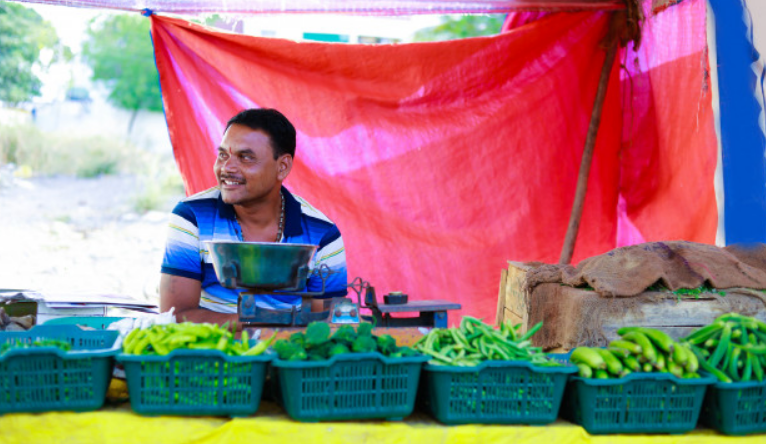
Pradhan Mantri Street Vendors Atmanirbhar Nidhi (PM SVANidhi) scheme will help the mapping of street vendors and hawkers for their welfare development. The central government is extending Rs 10,000 loan as working capital to street vendors to restart their businesses which have been hit by the Coronavirus pandemic and so far, 25 lakh street vendors have come to fore seeking the loan.
The scheme also plans to extend the microcredit to over 50 lakh street vendors across nation, which is the estimated number of the hawkers as per various the urban local bodies.
However, there’s no comprehensive structured data on the socio-economic profile of street vendors and hawkers in India, even in government surveys such as the National Sample Survey Organisation (NSSO) and the Economic Survey has not mapped it.
The NSSO has defined street vendors through a “category of enterprises without fixed premises among unincorporated non-agricultural enterprises (excluding construction)”, in its 67-68th round report published in the year 2011-12.
It also estimated that around 200,000 women and 21,500 children were engaged in street vending around which 1.18 million households were dependent on this sector as their primary source of income, consistent with a paper by think-tank Observer Research Foundation.
PM SVANidhi scheme brings in financial mainstreaming of street vendors and hawkers through loans and digital payments, the government wants to formalise its understanding of this sector, and, based on that understanding, bring them under various schemes. Major benefits of the scheme have already shown is that it is helping in mainstreaming and legitimising genuine street vendors who have not got valid identity cards simply because local bodies haven’t updated their lists for years.
It is said that Prime Minister Narendra Modi himself wanted to get this kind of a mapping done so that no street vendor and hawkers remains outside the welfare ecosystem of the Modi government.
















